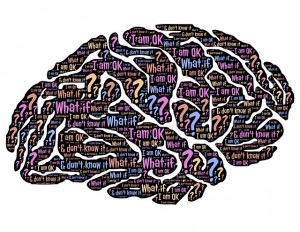Being on long practicum really makes you become aware of things that you might not have considered before.
Many of these are little things. Things that you might not notice yourself, however, by having someone observe you, you really find out about these little things and ways to improve on these.
When I look at my practice so far, the one thing that I tend to do is I become too wordy when I am teaching a new concept. My SA had pointed this out to me before the midpoint meeting so I could work on this.
Honestly, this was something that did not really cross my mind before. But, now that I think about it, I do sometimes get too wordy.
After doing some self-reflection, I have noticed that I get too wordy when I am nervous, and I am usually nervous teaching when I am getting observed. When it is just me in the classroom with the students, I notice I am quick and fast with instructions/ directions.
I also tend to get too wordy when I am teaching a subject like math, which is my least likeable subject to teach. In my head, I think by giving longer instructions I am being clear, but in reality, this confuses the students a little.
I have been working really hard to keep it simple and clear. At times, it does happen, but as I am getting more comfortable and with my confidence building, I am being more direct with instructions.
Also looking back, I don’t know why but I thought by giving longer, repetitive instructions, I thought I would be clear with the ELL’s, but I sure was wrong. I noticed with ELL’s, giving simple instructions actually helps them understand the concepts more and this results in having to spend less one on one time with them, going over the instructions again.



